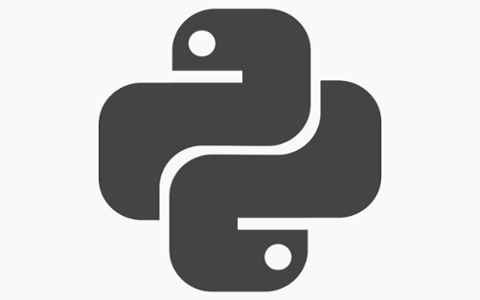Despite a rapidly growing global developer population, SlashData reports, languages such as Java, C, and C++ are growing slower than expected. Meanwhile, Kotlin has come on strong, and Swift is outpacing Objective-C.
Programming language popularity is always an interesting exercise in reading tea leaves, but SlashData took things a step further in their latest report. In addition to gauging the world's total developer population, the organization also attempted to decipher how many developers are actually using specific languages.
Unsurprisingly, JavaScript is most popular. SlashData says 11.7 million developers use it (with web and cloud applications or services being the most popular use-case)s. Python was a natural second place; 8.2 million developers use it for tasks such as machine learning and the Internet of Things.
Java, C, and C++ round out the top five, but as SlashData points out, their dominant positions may be at-risk:
Java (7.6M active developers), C# (6.7M), and C/C++ (6.3M) are fairly close together in terms of community size and certainly well established languages. However, all three are now growing at a slower rate than the general developer population. While they are not exactly stagnating, they are no longer the first languages that (new) developers look to.
So what’s next? Again, from the report:
The fastest growing language community in percentage terms is Kotlin. It grew by 58% in 2018 from 1.1M to 1.7M developers. Since Google has made Kotlin a first-class language for Android development, we can expect this growth to continue, in a similar way to how Swift overtook Objective-C for iOS development.
SlashData also notes “other niche languages don’t seem to be adding many developers, if any,” and “Swift and Objective-C are important languages to the Apple community, but are stable in terms of the number of developers that use them.”
Swift’s current usage is at 2.1 million developers, globally; Objective-C has 1.6 million users. These figures cement how Swift has overtaken Objective-C globally, regardless of whether "popularity" lists by organizations such as TIOBE (which generally showcase languages used in legacy codebases) reflect that point.
Kotlin has 1.7 million global users, which pales in comparison to Java’s 7.6 million users. We’ll give it a pass, though; it was only anointed as a first-class Android language in May 2017, so its potential upward trajectory is strong.



